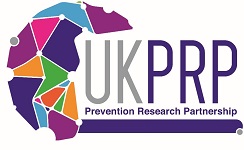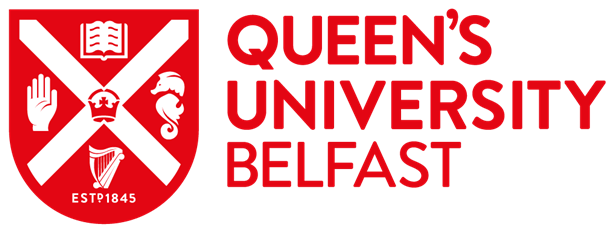Glossary: G to I
Geographic Information Systems (GIS): Computer-based systems for managing, analysing and presenting geographically referenced data. The National Records of Scotland geography branch uses ArcGIS for its postcode digitising and data analysis work.
Green Infrastructure: A network of multi-functional green space and other vegetated features (e.g. street trees, planting, green rooves), urban and rural, which can deliver a wide range of environmental and quality of life benefits for local communities. Sometimes termed ‘Green/Blue Infrastructure’ if specifically including water features.
Green space: An area of land that includes vegetation (such as trees, grassland, scrub); may be private or publicly accessible. Often includes water features even if not specified as green/blue space.
Grey literature: Any type of literature that is not published in the academic literature. It is usually published by non-research related organisations to share their results for funders, stakeholders and the general public.
Groundswell: Groundswell aims to identify how we can use urban green and blue spaces (UGBS) to reduce health inequalities. It is a five-year consortium across the UK of Universities, communities and policy makers, striving to make outdoor spaces healthy for all.
Hard to modify risk factor: A risk factor that is difficult but not impossible to change. Examples include poverty, substandard housing, etc.
Health inequalities: Refer to differences in health outcomes between different groups within the population. Health inequalities have been shown across income, ethnicity, gender, disability, sexual orientation and social class. These factors have also been shown to interact with one another.
Hypothesis: A proposed explanation made on the basis of limited evidence as a starting point for further investigation. In a trial, this would be a statement relating to the possible different effect of the interventions on an outcome.
Ideology: set of normative (usually political or moral) principles and values underpinning ‘commonsense’ attitudes and views about how the world ought to be, or normative rationalisation of how the world is. Can also denote ‘hidden values’ underpinning actions and views that work in the interests of a minority not the majority.
Intervention: A planned action (or set of actions) that is designed to bring about a desired change (of one of more outcomes) in a defined population in order to address a social or health problem. They may be called programmes, policies, services, or projects, but their common aim is to ‘intervene’ in order to have a desired effect.
Intervention development team: A team comprised of a range of stakeholders who will co-develop the intervention.




